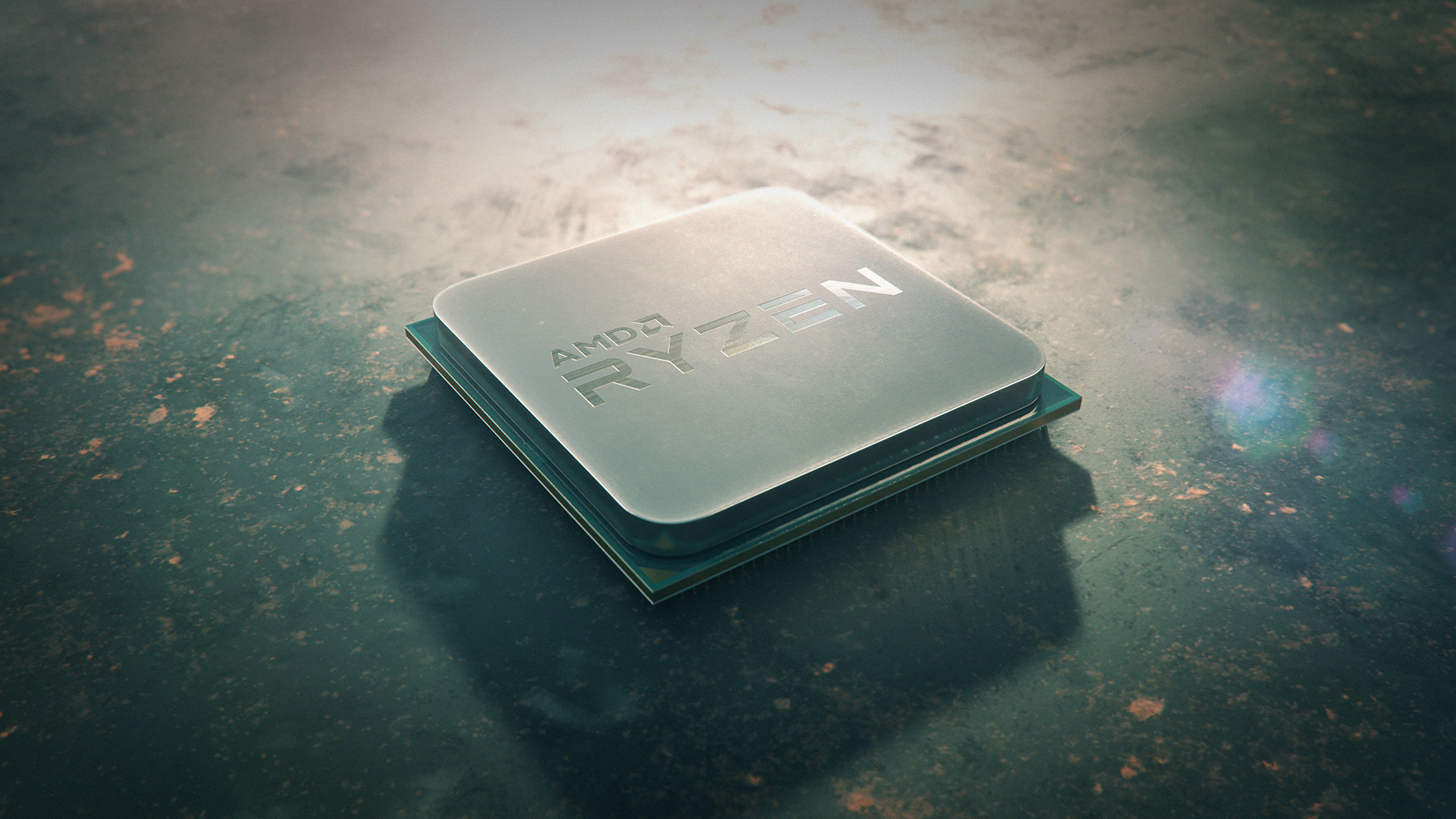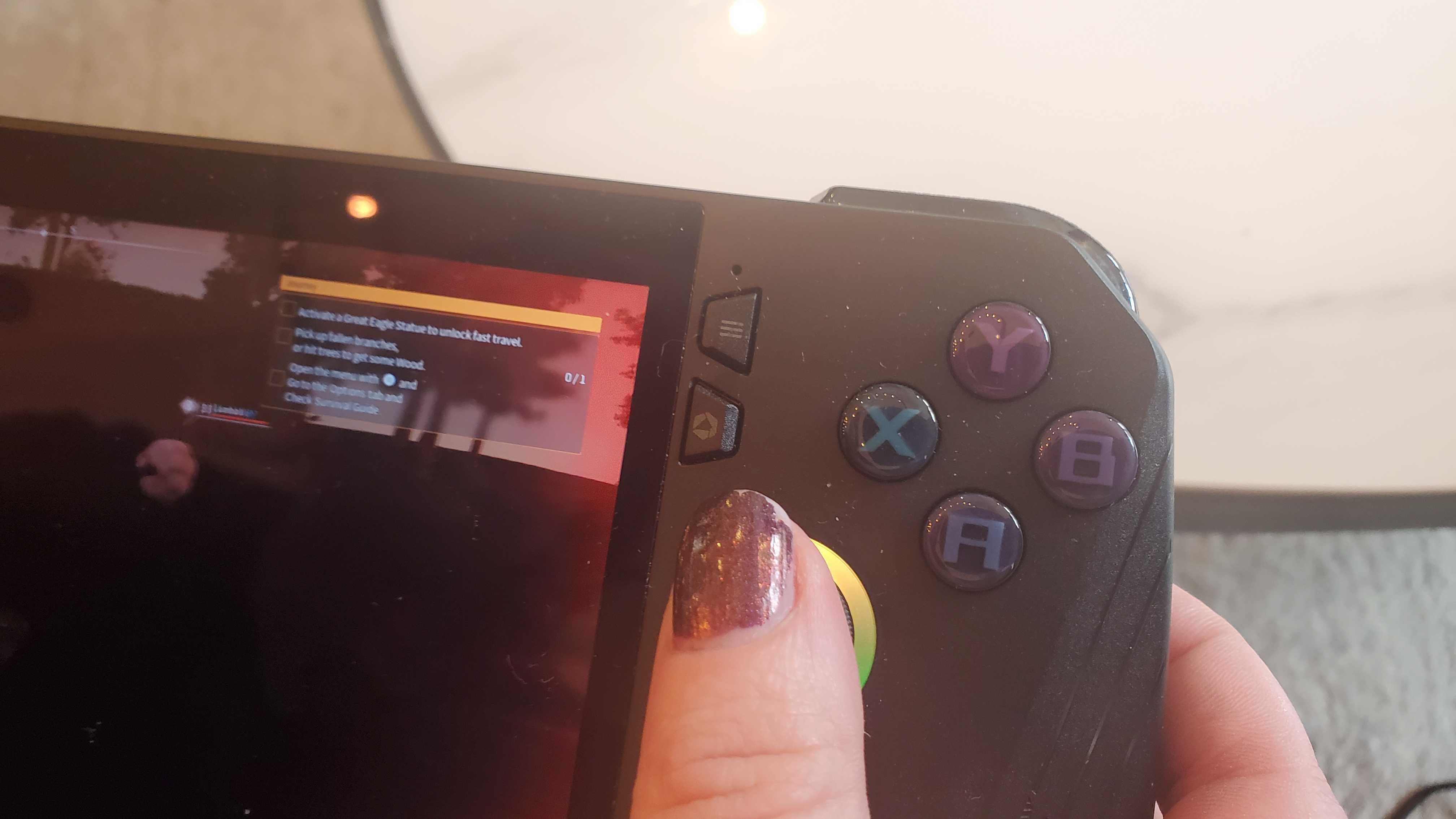AMD’s incoming flagship laptop CPUs could be called Ryzen AI Max, and might be astonishingly fast – we’re just worried about the price
Strix Point Halo processors now have a name – Ryzen AI Max – and more promises they’ll be extremely powerful

A leak on AMD’s incoming Strix Point Halo chips shows the configurations and apparently official names for these powerful CPUs for driving gaming laptops (and maybe handhelds) – but less welcome is a fresh hint that these processors might be eye-wateringly expensive.
If you’ve missed the fuss around Strix Point Halo (often referred to as simply Strix Halo), these are the top-end Strix Point offerings, and with vanilla Strix Point chips being called Ryzen AI 300, the Strix Halo CPUs are reportedly going to be named Ryzen AI Max 300.
VideoCardz picked up on the rumor that comes from Golden Pig Upgrade, a well-known leaker on Weibo who furnishes us with the initial three processors that AMD will release in this range, and their key specs.
They are as follows:
- Ryzen AI Max+ 395 – 16-cores (Zen 5) + 40 Compute Units (RDNA 3.5 graphics)
- Ryzen AI Max 390 – 12-cores + 40 Compute Units
- Ryzen AI Max 385 – 8-cores + 32 Compute Units
Of course, we need to be skeptical here – as with any chatter from the grapevine – but the specs align with what we’ve heard before, and the naming makes sense to us. ‘Max’ seems like a fitting label to adorn these CPUs with (giving us a hint of Apple-esque vibes, it must be said).
The leaker also observes support for up to 96GB of video memory with Strix Halo, indicating that AMD is going to target professional users and the notebook workstation market with the chip, not just gaming laptops.
Here’s where there’s a slight worrying twist in that VideoCardz also noticed a post on X (from Hoang Anh Phu) highlighting that GPD, a manufacturer of gaming laptops and handhelds, recently dialed back a notebook from being equipped with a Strix Point CPU (HX 370) to an older Hawk Point processor (Ryzen 7 8840U).
Get daily insight, inspiration and deals in your inbox
Sign up for breaking news, reviews, opinion, top tech deals, and more.
GPD representative suggested the price of HX 370 (Strix Point) for OEMs. No surprise.Perhaps AMD is taking more Zen 5 profits from laptops to compensate for desktops.Imagine how high Strix Halo will cost ! pic.twitter.com/gkrFfgGPf1September 20, 2024
The reason? The report claims that the Strix Point chips will cost twice as much, and therefore GPD scaled back to keep the cost of the bill-of-materials of the laptop to a more reasonable level.
Now, the concern is that if Strix Point is that pricey – again, add seasoning, and lots of it – what sort of financial toll is Strix Halo going to exact? As we said at the outset, this is fueling fears that Halo will be prohibitively pricey.

Analysis: End of the supercharged handheld dream?
We were always worried about pricing for Strix Halo, given just how powerful these mobile offerings are rumored to be. To put the (purported) performance of the integrated RDNA 3.5 graphics in perspective, AMD’s standalone GPU, the RX 7600 XT (RDNA 3), has 32 Compute Units, like the lower-end Ryzen AI Max 385 – so the top-end Max+ 395 outstrips it considerably for that key spec with 40 Compute Units. Plus Halo is on RDNA 3.5, meaning a refreshed RDNA 3 architecture that’s fine-tuned, so it’s going to be speedier on that basis too.
So, these are seriously supercharged chips, and if Strix Point is causing laptop makers to pause for thought on the basis of its cost, what is Strix Halo going to be like? Will these heavyweight chips even be suitable for, say, a gaming handheld at all, given the pricing premium? Or is Halo really more destined for workstation laptops, given AMD’s apparent positioning as noted above?
As ever, we can’t get too carried away with rumors, and this is just one isolated case from a single laptop vendor, anyway. However, it’s easy to see why there’s now something of an air of concern around the future, certainly regarding handhelds being pepped up by Strix Halo (or Ryzen AI Max, rather), and exactly how pricey this silicon might make thin-and-light gaming laptops, too.
Still, as already observed, nobody was expecting Strix Halo to be anything like affordable – it’s just that this is a hint it could be even pricier than most folks were imagining.
You might also like
Darren is a freelancer writing news and features for TechRadar (and occasionally T3) across a broad range of computing topics including CPUs, GPUs, various other hardware, VPNs, antivirus and more. He has written about tech for the best part of three decades, and writes books in his spare time (his debut novel - 'I Know What You Did Last Supper' - was published by Hachette UK in 2013).